(164) New Tips & Hints
In the past, you’ve warned that markets are difficult to predict when wave structure is in its “middle phase” of development. What techniques should one use to trade such periods?
ANSWER:
The “middle phase” of a Flat or Zigzag is wave-B. The “middle phase” of a Triangle is wave-C; in a complex correction, it is wave-X and in a NEoWave Diametric it is wave-D. The larger a correction, the longer its “middle phase” will last. If a pattern spans years or decades, its “middle phase” will last months or years (respectively). During such periods, wave structure uncertainty can be so high that trading is all-but-impossible. To successfully navigate the “middle phase” of any correction (on any time frame), Tier 2 market analysis techniques are necessary (Tier 2 refers to mathematical manipulations of price data that suggest market turns as opposed to direct analysis of price action, such as wave theory. that can be used to “confirm” and anticipate market turns).
During large, complex corrective patterns (like the 20-30 year S&P consolidation beginning September 5, 2000), overbought/oversold indicators (i.e., Tier 2) can be used to assist with market entry and exit. Some of the more popular might be RSI (relative strength index), MACD (Moving Average Crossover Divergence) and Bolliinger Bands. I’ve developed my own, which I call the MOAT index. The problem with overbought/oversold indicators is they can stay overbought or oversold for very long periods, causing huge, potential losses if stops are not employed wisely. A methodology should be used to reduce risk and increase the odds of success. I’m not an expert on publicly available, overbought/oversold indicators, but if I were using one of them and knew a market was near the middle of its pattern development, I’d employ it this way.
TO GO LONG: If my indicator showed the market oversold, I’d find a prior, identifiable low to use as a sell-stop to limit losses in case the downtrend resumed. In other words, I’d buy into an oversold decline that occurred AFTER a major low and use that major low (minus 1-tick) as my stop.
TO EXIT LONGS or GO SHORT: If my indicator flashed an overbought condition, I’d exit my Long when market strength is present, or a level of price “excitement” is evident OR upside acceleration occurred along with excess media coverage. If I’m out of a market, and the indicator is overbought, I’d wait for a larger-than-normal decline off a major high, then look to Short on a 50% retracement (or more) of that initial drop off the major high. Under this approach, the major high (plus 1-tick) would be used as a buy-stop to limit losses in case the uptrend resumed.

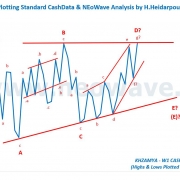


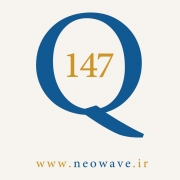
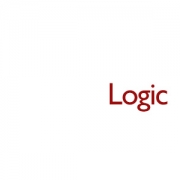
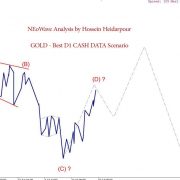
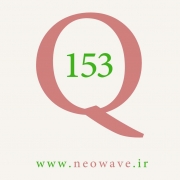
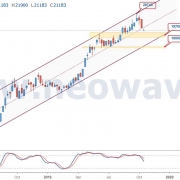


دیدگاه خود را ثبت کنید
تمایل دارید در گفتگوها شرکت کنید؟در گفتگو ها شرکت کنید.